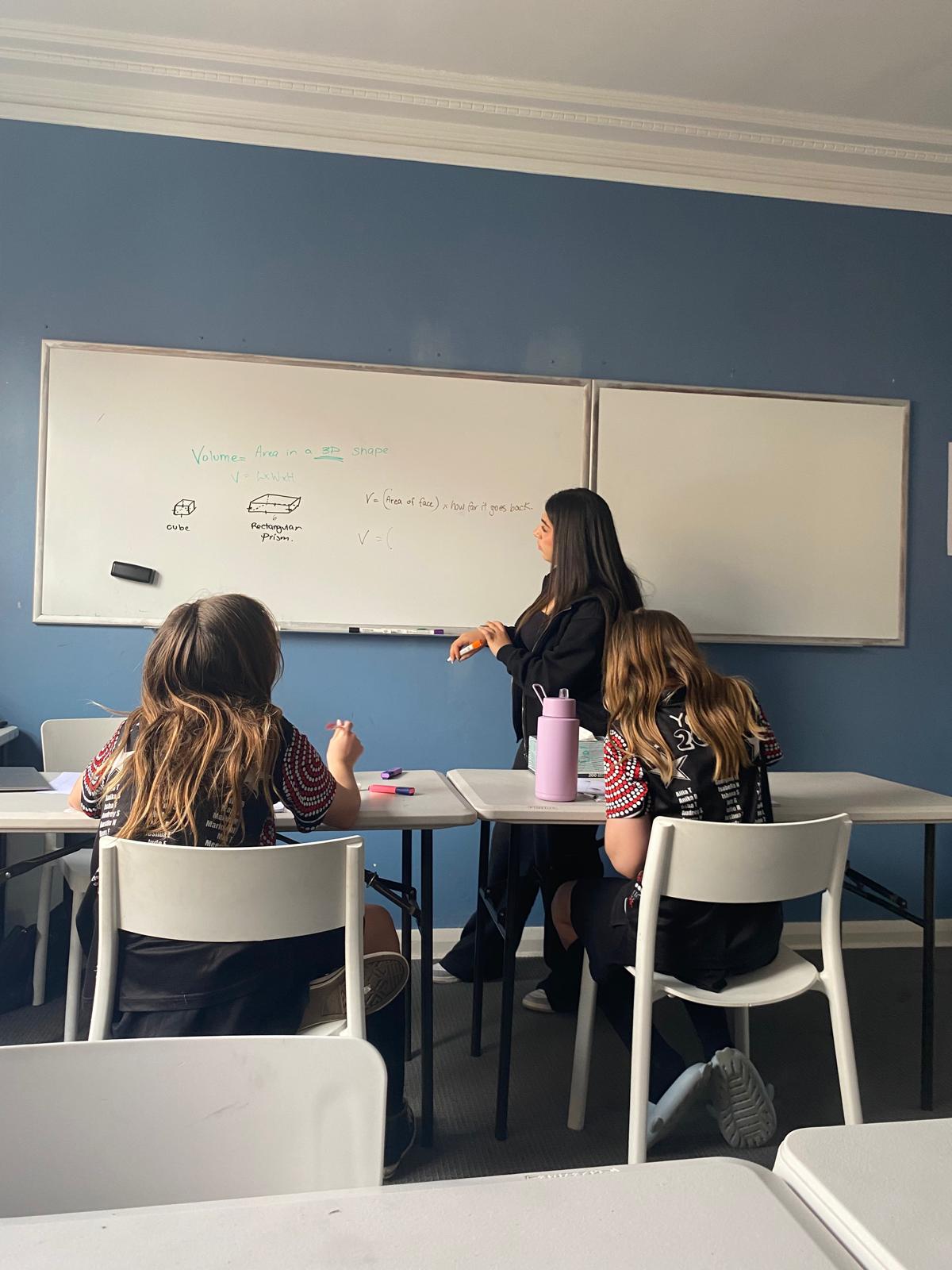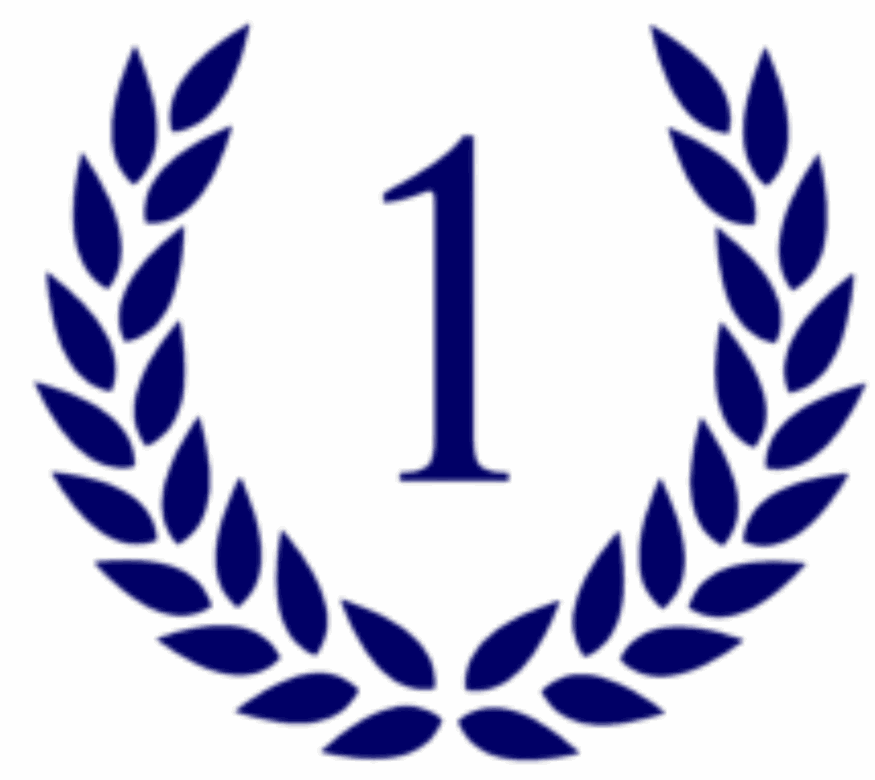
Today I was able to observe Daniella tutoring two year six students in maths. Throughout the lesson she was able to engage the two students and unpack these topics with them thoroughly.
Daniella began the lesson by outlining some general definitions of area and perimeter, assessing the students’ prior understanding level and creating a baseline which they were able to work off in the lesson. Starting with learning about perimeter, Daniella engaged the students by drawing shapes on the whiteboard, asking them to find the perimeter of these shapes. This was a clever way to engage the students and gave them opportunities to express their confusion.
Then moving onto area, the tutor began by introducing some key abbreviations, terms and formulas, such as the classic area of a triangle formula. These were important to canvas before they could be applied. After teaching these to the students, they were able to move onto solving area questions that applied this knowledge. Daniella wrote questions on the whiteboard specifically tailored to meet and slightly extend the knowledge level of the students, allowing them to be challenged and learn without getting lost.
The final topic they tackled was volume, again by introducing the topic in plain terms before introducing formulae, then finally, introducing questions to solve.
As a fellow tutor, I noticed several very effective aspects to Daniella’s tutoring approach. For example, she always made sure to start with concrete examples before moving to formulas. In maths, formulas can often seem nebulous or abstract, so this was an effective technique to make sure the students knew what they were learning.
She also encouraged the students to verbalise their reasoning to strengthen understanding. The tutoring session was highly engaging and communicative and this allowed the students to explain solutions in their own words. This is a powerful teaching technique as it solidifies concepts in a student’s own mind and also allows their tutors to assess their level of understanding.
She also used questioning strategically, asking the students questions that challenged them, but that they were ultimately able to tackle and solve. This was an effective technique to promote independence and critical thinking in the students, equipping them with the skills to continue to solve perimeter and area questions without dependence on a tutor.
Ceara Kearnes

